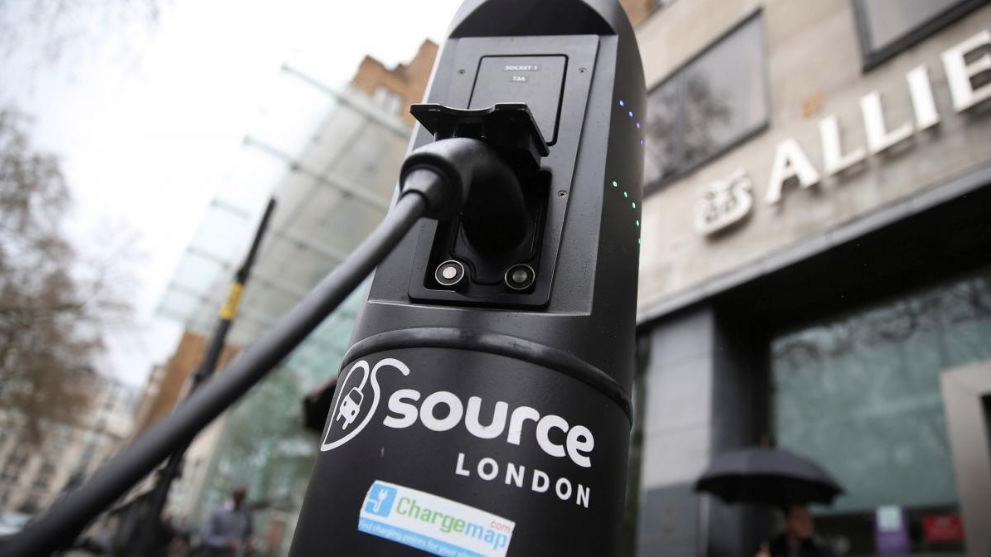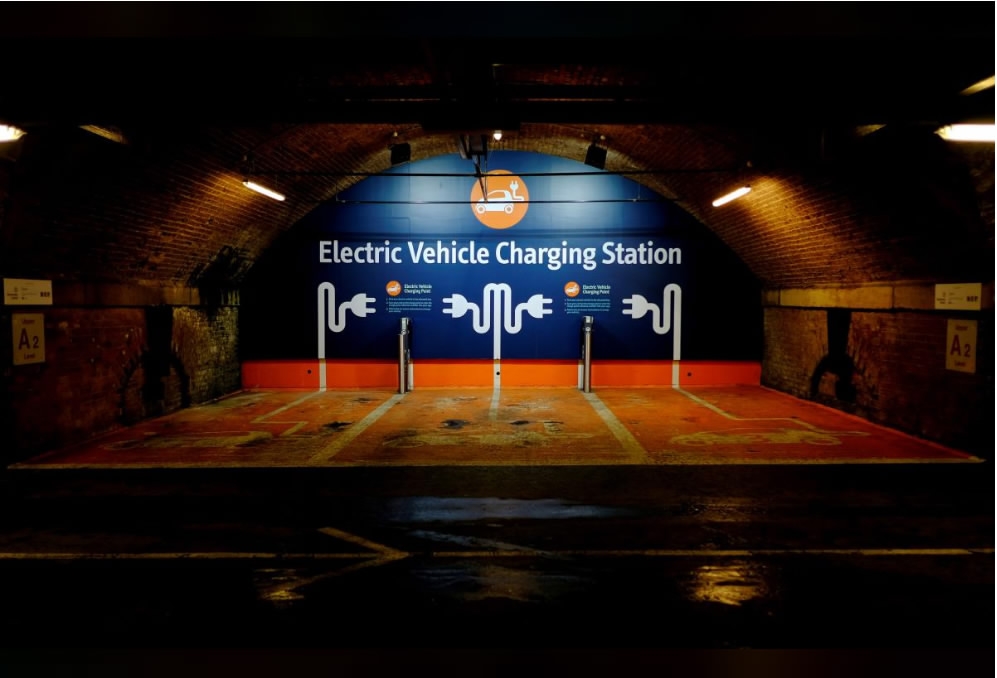
Business
17:49, 01-Sep-2017
Britain faces huge costs to avoid power shortages with electric car plan
CGTN

Britain must plough billions of pounds into new power plants, grid networks and electric vehicle charging points if it is to avoid local power shortages when a planned ban on new diesel and petrol cars begins.
Supporting millions more battery-powered vehicles over the next two decades is technically feasible, and if drivers can be persuaded to recharge them overnight, when spare power capacity is abundant, the huge infrastructure cost could be kept down.
Local networks particularly face problems, so the country will need a range of technologies for managing consumption to meet an estimated rise of up to 15 percent in overall demand and prevent spikes of up to 40 percent at peak times.

An electric car charging points is seen in a car park in Manchester, Britain. /Reuters Photo
An electric car charging points is seen in a car park in Manchester, Britain. /Reuters Photo
“It will be a challenge and a lot of investment is required - in generation capacity, strengthening the distribution grid and charging infrastructure,” said Johannes Wetzel, energy markets analyst at Wood Mackenzie.
In July, the government said it would ban the sale of new petrol and diesel cars and vans from 2040. The aim is to reduce air pollution, a source of growing public health concerns, and help Britain to cut carbon emissions by 80 percent by 2050 from 1990 levels - the target it has set itself.
Although some conventional cars will remain on the road, numbers of electric vehicles (EVs) could balloon to 20 million by 2040 from around 90,000 today, experts estimate. Charging them all will require additional electricity.

Electric cars are plugged into a charging point in London. /Reuters Photo
Electric cars are plugged into a charging point in London. /Reuters Photo
Britain already faces a power supply crunch in the early 2020s as old nuclear reactors come to the end of their lives and remaining coal-fired plants are phased out by 2025.
Four years ago, well before the conventional car ban was raised, the government said over 100 billion pounds (130 billion US dollar) in investment would be needed to ensure clean, secure electricity supplies and to reduce demand.
Gas plants are cheaper and faster to build but investment in new ones is flat, and they still produce carbon emissions. Renewable energy presents problems of matching supply and demand; solar panels for instance produce no power in the night when drivers would ideally recharge their electric cars.

Hinkley Point C nuclear power station site is seen near Bridgwater in Britain. /Reuters Photo
Hinkley Point C nuclear power station site is seen near Bridgwater in Britain. /Reuters Photo
Bernstein analysts say overall demand could increase by 41-49 TWh, or 13-15 percent of current levels. However, a 15 percent rise would translate into a 40 percent jump in peak demand if drivers charged their cars between 6 and 9 pm, when electricity consumption is at its highest.
This problem can be eased by encouraging charging at night, when demand is currently only about a third of during peak periods. “We do not see the transition to EVs as posing a significant stress on peak demand if charging were incentivized to happen at off-peak times,” they said.
Britain has made progress in energy efficiency. Overall and peak power demand fell by around 14 percent between 2005 and 2016, even though the economy grew by the same amount.
8152km
Source(s): Reuters

SITEMAP
Copyright © 2018 CGTN. Beijing ICP prepared NO.16065310-3
Copyright © 2018 CGTN. Beijing ICP prepared NO.16065310-3